RGG
Update: 17th Feb 2017 – MeshKit_RGGManual1
RGG aka Reactor Geometry (and mesh) Generator is an open source tool to generate several types nuclear reactor assembly/core geometry and mesh. RGG is a part of MeshKit, see Building MeshKit for instructions on getting RGG tools. RGG methodology for reactor core model generation can be broken into three steps: assembly geometry creation, assembly meshing and core mesh creation.
RGG consists of two tools:
1. Assygen: The AssyGen tool is the first step of the three-step core mesh creation process, it reads an input file describing a reactor assembly lattice and generates an OCC-based geometry file and a Trelis/CUBIT python script for generating ACIS geometry.
‘AssyGen Input’ shown in the figure below is a user defined input file that Assygen tool understands. It creates a geometry file and a Trelis/CUBIT mesh script that can be run without any modifications to generate the assembly meshes. Meshing can be done using other tools such as MeshKit/gmsh and other commercial meshing tools.
Keywords used in AssyGen Input file are described here

Step 1 & 2: Generating assembly geometry and meshing
Assygen input for the hexagonal assembly shown above can be found in the examples directory of the rgg source code.Assygen_input
2. Coregen: The CoreGen tool reads an input file describing the reactor core arrangement and generates the reactor core mesh or geometry from its component assemblies. CoreGen uses CopyMesh, ExtrudeMesh, CopyGeom and MergeMesh algorithms in MeshKit. CoreGen has been used to create large meshes such as MONJU, VHTR, HTGR, EBRII, and PWR for different reactor simulation codes.
Keywords used in CoreGen Input file are described here

Step 3: Copy-move-merge-extrude assemblies and other mesh files to form the core mesh
Run ‘make’ and see makefile to generate the core model (Coregen_input) shown in the above core. The makefile automates the complete process by covering all RGG process dependencies.
There are several tailor made test examples that can be run from the directory containing that test.
Users can run ‘make’ for creating all the assembly geometry files, all the assembly mesh files and the final core mesh in that test directory.
Reactor Models
Some of the core models generated using RGG tools are presented in the links below:
VHTR (Very High Temperature Reactor)
1/4th Pressurized Water Reactor core
Experimental Breeder Reactor-II (EBRII) XX09 Assembly
High Temperature Gas-cooled Reactor
MONJU Reactor
HTGR Fuel Brick for ABAQUS
A picture of ABTR core model in RGG GUI is here.
All the test examples in MeshKit repo can be launched and run using the RGG .
Publications
R. Jain and T. J. Tautges, ‘Generating Unstructured Nuclear Reactor Core Meshes in Parallel’, Submitted to 23rd International Meshing Roundtable, 2014
R. Jain and T. J. Tautges, ‘Parallel Reactor Geometry (and Mesh) Generator’, International Congress on the Advances in Nuclear Power Plants, June 2012. Preprint ANL/MCS-P2005-0612.
S. Mohanty, R. Jain, S. Majumdar, T. J. Tautges, and M. Srinivasan, ‘Coupled Field-Structural Analysisof HTGR Fuel Brick Using Abaqus’, International Congress on the Advances in Nuclear Power Plants, June 2012. Preprint ANL/MCS-P2008-0112.
T. J. Tautges and R. Jain, ‘Creating Geometry and Mesh Models for Nuclear Reactor Core Geometries Using a Lattice Hierarchy-Based Approach’, Journal of Engineering with Computers, 2011
http://www.springerlink.com/content/39g645tv2j571565/
T. J. Tautges and R. Jain, ‘Creating Geometry and Mesh Models for Nuclear Reactor Core Geometries Using a Lattice Hierarchy-Based Approach’, in Proceedings of the 19th International Meshing Roundtable, Springer Berlin Heidelberg, 2010, pp. 351-365

